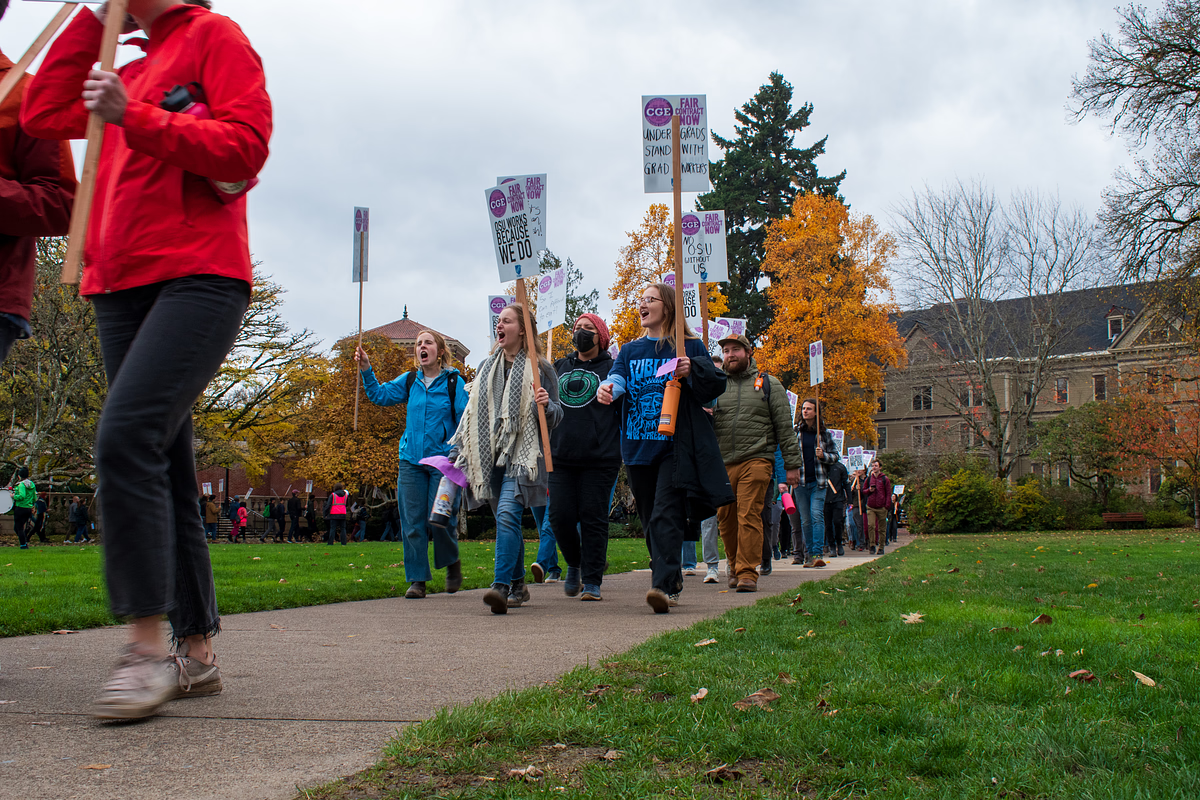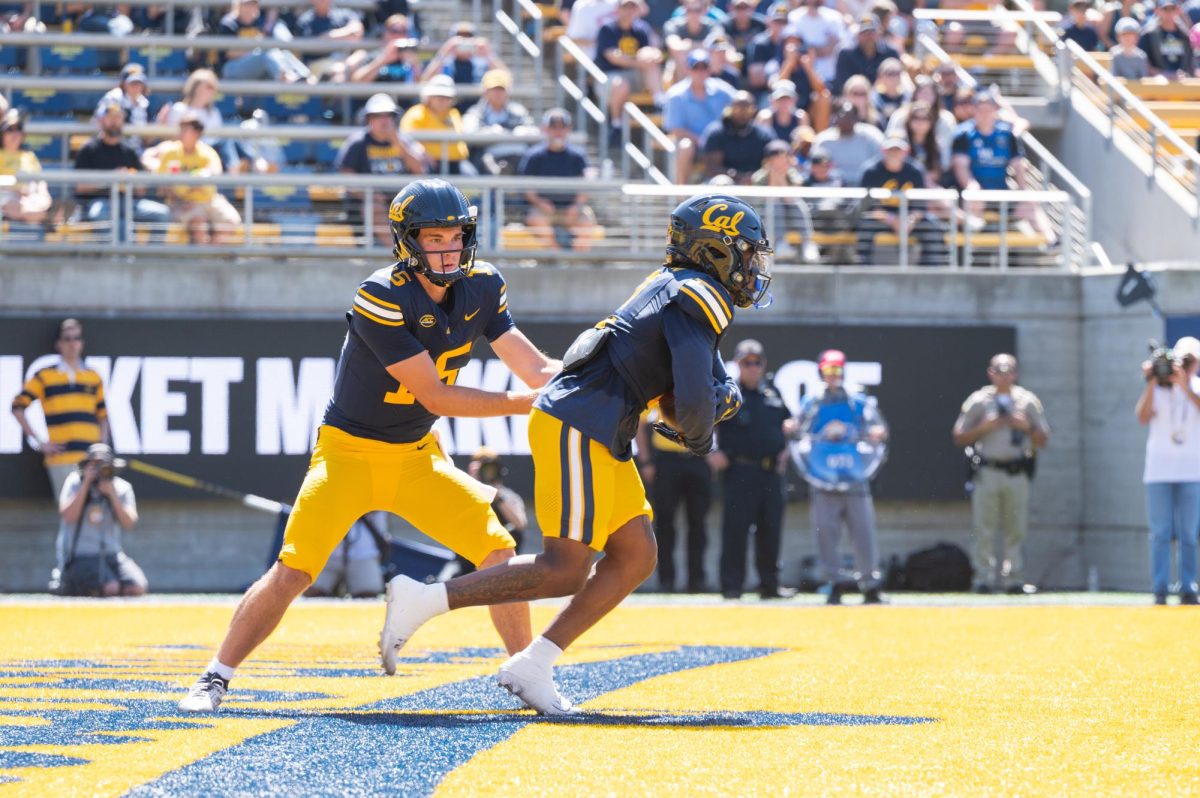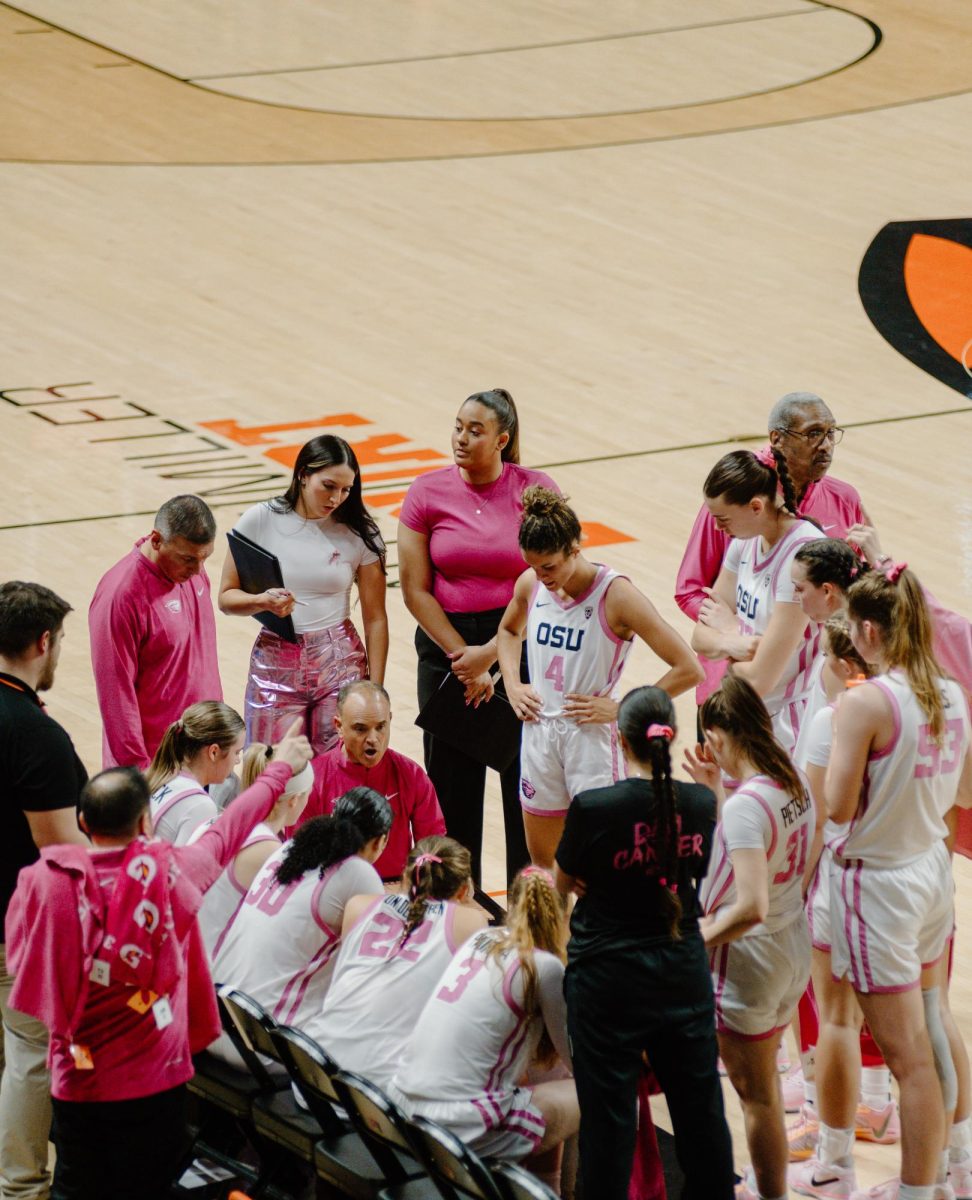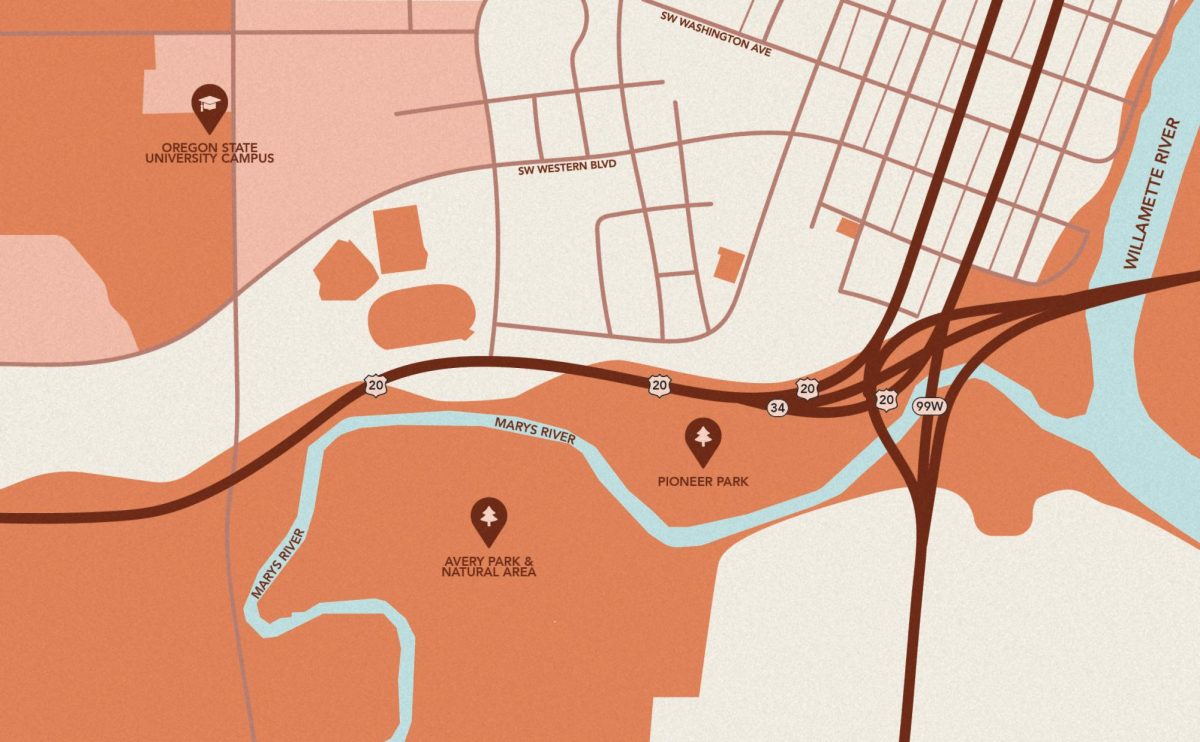With hot summer weather in Corvallis, jumping into the Willamette or Marys River sounds tempting. Despite the popularity of these rivers for recreational activities, water quality poses a concern.
The Marys River enters the Willamette River at Corvallis, according to the Marys River Watershed Council. It is a 310 square-mile watershed alongside the east side of the Coast Range in Western Oregon, according to Oregon Explorer.
Under the Clean Water Act, stretches of the Marys River Watershed are listed as impaired waters on the Oregon Department of Environmental Quality and United States Protection Agency’s 303(d) list, according to Holly Dye Purpura, executive director of Marys River Watershed Council.
The 303(d) list is a state’s list of impaired or threatened waters, such as stream and river segments, or lakes, according to the Environmental Protection Agency.
Impaired waters include contamination from E.coli, iron and mercury, as well as other contaminants.
“Swimming in any public waterway carries risk and I would caution folks to do research before recreating to ensure that they are in an area that is safe to swim,” Purpura said in an email.
According to Purpura, those who choose to swim should wait at least 24 to 48 hours after rainfall as pollutants from impermeable surfaces can flow into waterways.
According to Todd Jarvis, director of the Institute for Water and Watersheds at Oregon State University, the safety of the water depends on the reach and the time of year. In addition, Harmful Algal Blooms may also make the water unsafe to swim in, even for pets.
A reach is any length of a stream or river that’s usually a smaller section, according to the United States Geographical Survey.
The most major concerns to water quality include water temperature from discharges, such as wastewater treatment plants and HABs.
“HABs and HABs byproducts are particularly problematic because they are difficult to predict and treat using conventional water treatment plant technology,” Jarvis said in an email.
According to the U.S. Environmental Protection Agency, HABs produce toxins that harm people, animals and aquatic ecosystems. For recreational activities such as swimming, HABS may be a health risk.
The Marys River Watershed Council is gearing attention and restoration efforts towards the sub-basins of the Marys River Basin, such as upper and middle Marys River, Tum Tum River, Greasy Creek, Woods Creek, Beaver Creek and Shotpouch Creek.













































































































